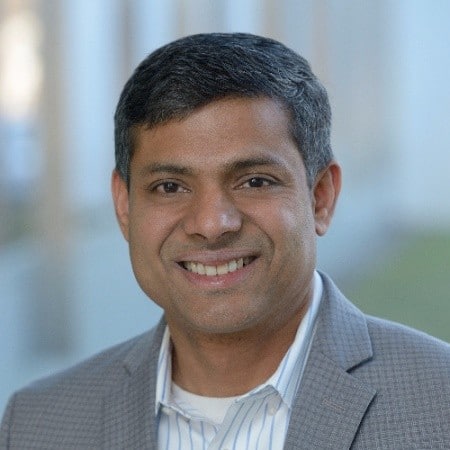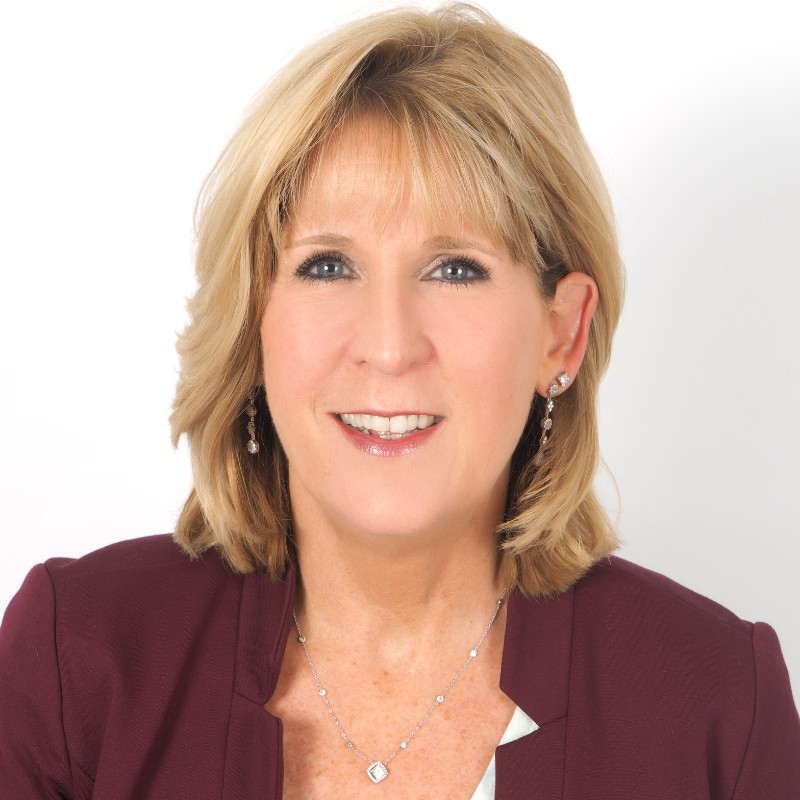
Data can help drive businesses to the next level of the digital landscape, but inconsistent expectations are a major stumbling block, according to Neelesh Prabhu, DTCC Managing Director & Chief Technology Architect.
“Stakeholders want everything to become digital yet have different interpretations of what exactly that entails, he said during a CIO Talk Network (CTN) webinar, “Making Digital Practical and Measurably Impactful.”
During the webinar, industry experts examined the current pitfalls and how to successfully make the digital landscape practical and measurably impactful.
While many organizations have embraced digital as the way forward, the journey has been choppy with challenges including digitally unaware staff, shadow IT, inability to self-serve actionable intelligence, and inconsistent user experience across digital apps and systems.
A main reason for these varying expectations is due to communication breakdowns, Prabhu said.
Setting clear and transparent expectations across the board to incapsulate the entire digital journey will go a long way to level-setting expectations, he added.
“Only once everyone involved is on board with these expectations should you move forward with implementing new processes,” he said.

Alyson Hudson, VP, CIO Enterprise Workforce Solutions, Prudential Financial, added that one of their top challenges is around a “disconnected user experience”.
She said that Prudential has a team that’s focused on the voice of the employee: “We’ve got a cohort of employees who participate in this work with us from ideation sessions to talking about their pain points and what they’re experiencing,” she said.
In order to visualize user expectations of data, Prabhu said that he tends to compare it to an iceberg: “The tip of the iceberg that sits above the water represents the promises and hype of a data rich, digital environment – but that is just a tiny portion of the “data iceberg”.
“Not many people consider the mass of ice below the water, which in this case is the tremendous amount of work needed to employ data effectively,” he added.
Prahbu said that leaders need to articulate the scope of work for processes such as implementing change management, applying artificial intelligence principles, and ensuring the right data elements are available.
According to Hudson, regulations make some of these things really challenging.
“Our regulations are so far behind even if you think about employment, regulations, AI and technology for screening candidates who are assessing candidates, there’s a lot of hoops to jump through,” she said.
“Highly regulated companies have a whole set of challenges. You’re also dealing with companies that have longevity of employees, so you’re driving change and transformation,” she added.
According to Prahbu, to have an effective digital transformation, firms must recognize the fact that security, resilience, and compliance are basic thresholds to meet and build upon.
“At DTCC, we believe in a “Shift Left” approach to software delivery, meaning these critical factors must be considered early on in projects – not after development has begun,” he said.
“We make sure to embed capabilities that support the delivery of secure, resilient and compliant code as we are initially designing applications, with user stories and non-functional requirements presented to Agile squads as they create initial sprint plans,” he added.
Prahbu said that the current landscape in financial services requires to balance assessing and evaluating new technologies, while ensuring existing applications and infrastructure are capable of meeting stringent resilience, security and compliance requirements.
“Firms should be focused and thoughtful in building frameworks and practices to blend these new demands. We must consider all scenarios – cloud connectivity, technological failures – and make sure they are incorporated into application design and development,” he said.
“Firms need to consider end-to-end impacts of digitalization. This enables an enhanced client experience with stability, resiliency, and availability at the forefront,” he added.




